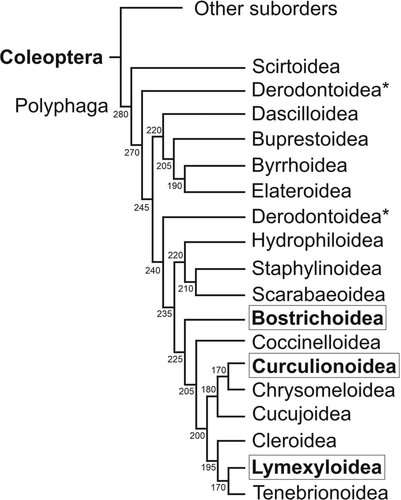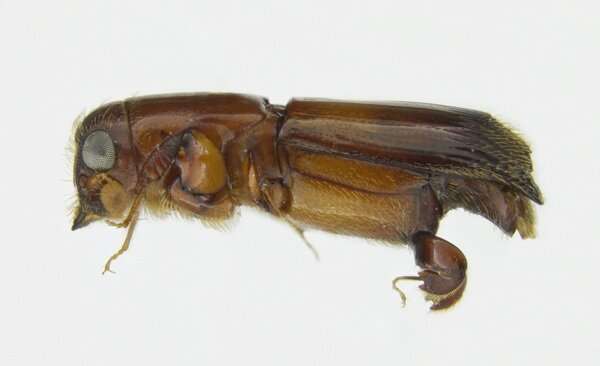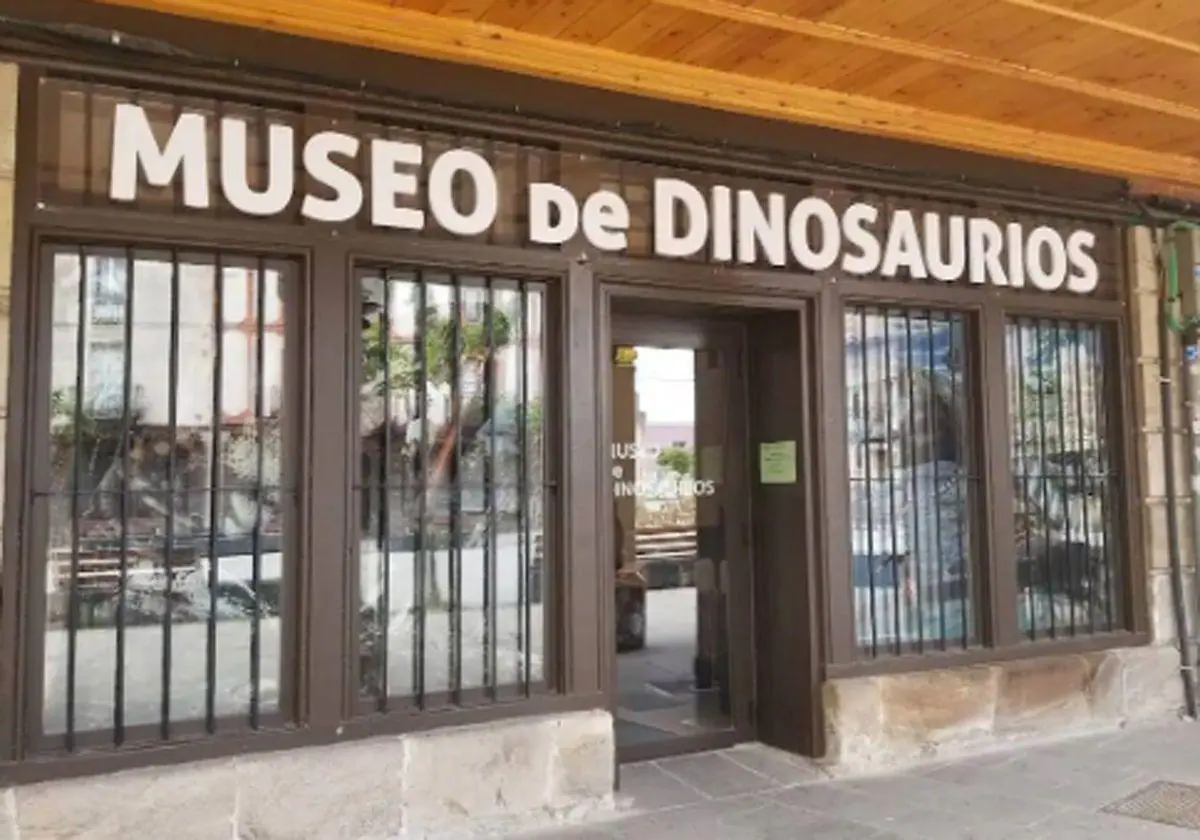A scarab exhausts a tree trunk to fabricate an exhibition in the wood to secure its lay. As it burrows the passage, it spreads ambrosia parasitic spores that will take care of the hatchlings. At the point when these drag another tree, the grown-up insects will be the transmission vectors of the parasitic spores in another environment. This mutualism among creepy crawlies and ambrosia growths could be more than 100 million years of age—more than was’ opinion to date—as per an article distributed in the diary Biological Reviews.
The investigation breaks down, interestingly, the advantageous affiliations and the coevolution between ambrosia growths and scarabs, from a paleontological point of view utilizing the Cretaceous fossil records of these organic gatherings. Among the creators of the examination are the specialists David Peris and Xavier Delclòs, from the Faculty of Earth Sciences and the Biodiversity Research Institute of the University of Barcelona (IRBio), and Bjarte Jordal, from the University of Bergen (Norway).
A few termites, insects, and bugs fostered the capacity to develop organisms to eat a long period of time back. This mutualism among creepy crawlies and organisms—one of the top examined advantageous interactions in the normal field—is practically equivalent to the transformative procedure to the cultivating exercises of the human species since the Neolithic upheaval.
Understanding the starting points of the beneficial interaction among creepy crawlies and growths is a field of interest in a few logical orders. These days, the mutualism between ambrosia symbiont creepy crawlies and organisms is the reason for timberland and yield torment that causes genuine biological and financial misfortunes. “It stays indistinct which environmental components worked with the beginning of growth cultivating and how it’s anything but a cooperative relationship with commit reliance,” notes Peris, first creator of the examination.
Verifiably, phylogenetic investigations propose scarab fungi culture began more than 50 million years prior—before different bugs—and a few examinations dated it back to 86 million years prior. “The harmonious connection among parasite and creepy crawlies would have most likely begun more than 100 million years prior, during the early Cretaceous, in gatherings of bugs that had gone undetected,” uncovers Peris.
As a component of the examination, the specialists considered a few examples of overall dispersion of the natural gatherings caught in golden from the Cretaceous. Along these lines, the beginning of ambrosia growth is more seasoned than the fundamental gatherings of bugs from the subfamilies Scolytinae and Platypodinae—Curculionidae family—which currently develop organism in tree trunks, as expressed by the creators.
“This proposes that these growths utilized some other gathering of bugs to spread the huge number of years prior,” takes note of the scientist. Likewise, other bug bunches with comparative conduct to ambrosia bugs—Bostrichidae and for the most part Lymexylidae families—present a more seasoned and plentiful fossil record that would concur with the development of ambrosia growths, as per past investigations.
“The most fascinating thing,” he proceeds, “is that a few examinations note the capacity to develop organisms in a portion of these current species.”
The developing interaction of parasites begins when scarabs colonize another tree trunk or branch. During the Cretaceous, the plenitude of parasites and wood-exhausting bugs worked with a beginning taming of certain gatherings of growths. In the first place, the parasitic spores were coincidentally shipped from one tree to another by the wood-exhausting bugs “until this commonly valuable affiliation developed towards a more personal beneficial interaction where growths were immunized into to a tree, the contagious mycelia developed and insect hatchlings took care of from the organism,” notes Jordan.
This arrangement of components, along with the symbionts’ high capacity to adjust and change, facilitated the morphological and natural variations of organic gatherings that merged in a committed mutualism. That is a harmonious connection among bugs and organisms, useful for both, which keeps going.
“Notwithstanding, we need more investigations on the information on the nature of the species from the Lymexylidae and Bostrichidae families to get more explicit ends. Hence, the revelation of new fossils in cretaceous golden of these gatherings will unquestionably assist us with bettering comprehend the transformative history of this advantageous relationship that exists these days,” finishes up Professor Delclòs.





:quality(85)/cloudfront-us-east-1.images.arcpublishing.com/infobae/SWBSHHZKPRHB3MJN3NHPP7YB4M.jpeg)
:quality(85)/cloudfront-us-east-1.images.arcpublishing.com/infobae/PRZFPXNQLJCQ5GIV4HFUAL7A2Y.jpg)